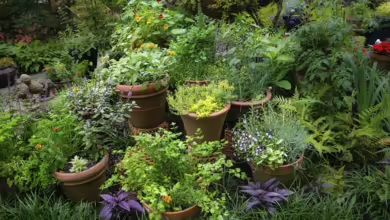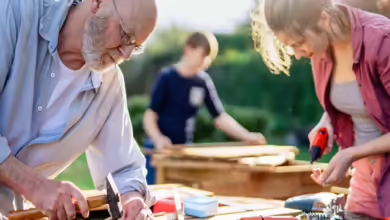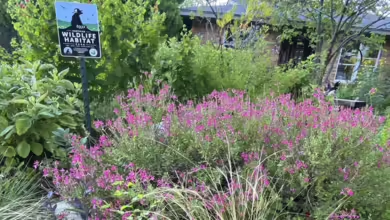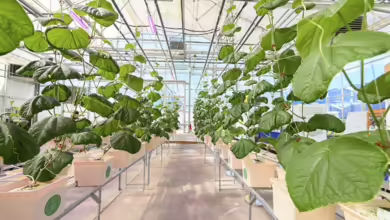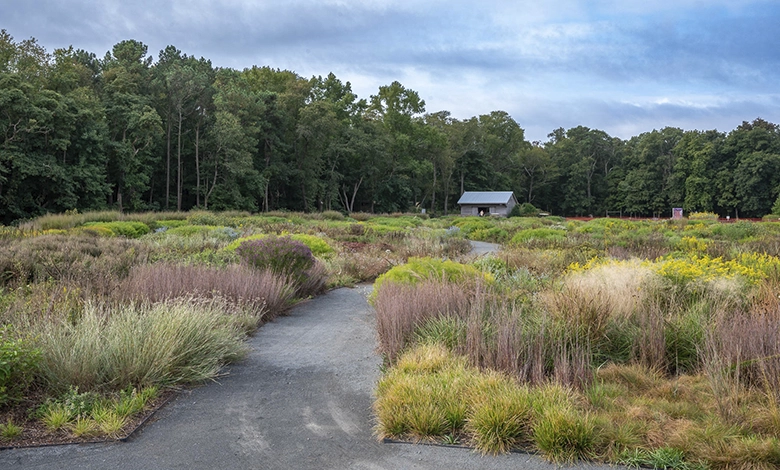
Written and photographed by Julie Dee Suman.
“This garden changes people.” Stepen Pryce Lea, Deputy Executive Director of Horticulture at the Delaware Botanic Gardens, was right. As I gazed across the naturalist meadow painted with color and texture, I began to realize the allure and value of native plants.
Native plants are species that naturally existed in a region before European settlement, typically for thousands of years. The Meadow Garden, designed by the renowned Dutch landscaper Piet Oudolf, features native plants carefully selected to create structure and promote biodiversity. Selections of grasses, herbaceous plant species, and seasonal flowering blooms highlight the region’s coastal plain topography. The two-acre masterpiece supports thousands of pollinators, butterflies, and birds.
What are native plants, and why do they matter?
The traditional definition of a native plant refers to a plant or tree that existed before European settlers arrived. Others describe native plants as species that have naturally lived in an ecosystem for thousands of years. Alternatively, some believe that plants surviving in a particular region are native to that area.
Regardless of how they are defined, native plants all share a connection with local wildlife. Birds and small mammals find shelter and food in native plants. Trees, shrubs, and flowering plants also offer nesting sites. Goldfinches, for example, feed on seeds from native plants. Studies have demonstrated that native plants support birds more effectively than those that have not evolved in that environment.
Caterpillars and other insects live in these plants. According to the National Wildlife Foundation (NWF), native oak species can support over 550 caterpillar species in just one region. A non-native tree aids none. We need this symbiotic relationship for those caterpillars to then grow into moths or butterflies.
Why native plants are better for the environment
In a world where concrete and chemicals can damage a habitat, native plants help restore it. They help prevent soil erosion, which reduces water runoff. These plants are hardier as they’ve adapted to local conditions. That means they thrive without pesticides, use up to 50% less water than non-native species, and require less fertilization. Low maintenance makes native plants easier to care for and keeps toxic materials out of the soil.
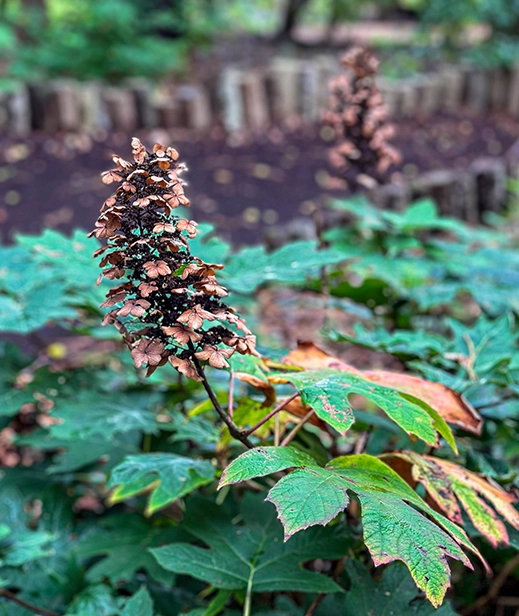
Worth growing even if it looks dead
Some people think native plants resemble weeds. Although there is a love-hate relationship with native plants, the benefits to our environment are huge.
And people are beginning to notice. The NWF estimated in 2022 that one in four people will seek out and buy native plants.
But Piet Oudolf believed that a plant is only worth growing when it looks good when it’s dead. The seeds and pods that appear after the blooming season ends can add an interesting architectural element to a garden. Even hydrangeas look good as they transition into fall (or at least I think so!).
This growing acceptance is reflected in educational efforts. Organizations like the Reflection Riding Arboretum & Nature Center in Chattanooga, TN, are helping people move past the ‘weedy’ stereotype by teaching about sustainable gardens and native plants.
The center works with students to grow plants from seed. The students see firsthand how their efforts make a difference when their seedlings grow and are sold at Reflection Riding.
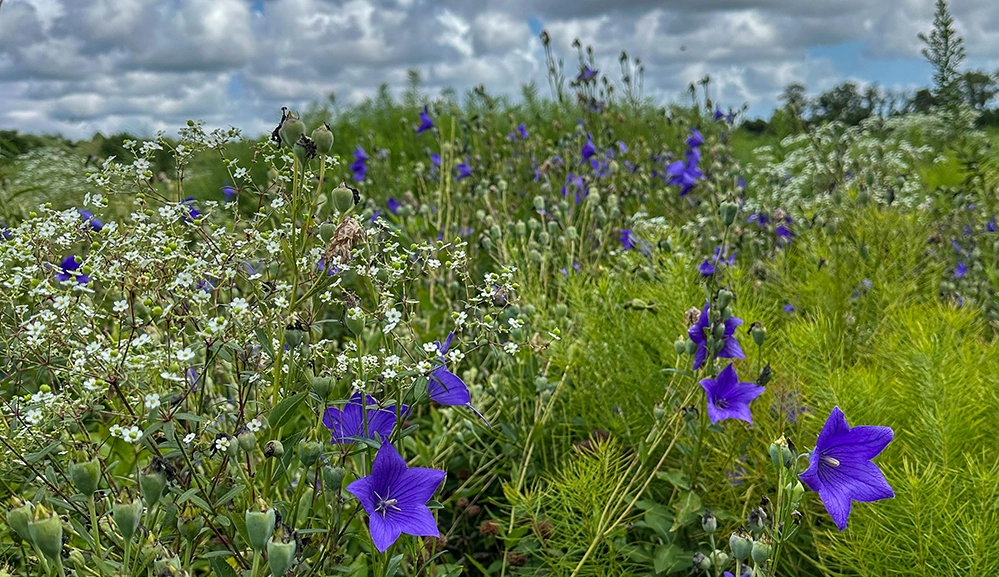
Getting started with native plants
Many botanical gardens and nature centers now provide training and support for choosing native plants. Native garden tours are offered at numerous locations, including in the heart of Washington, D.C., at Marjorie Post’s Hillwood Estate, Museum, and Gardens.
In addition, plant garden centers are experiencing increasing interest from customers and offer native plants for sale. Places like the Delaware Botanic Gardens have inspired plant nurseries, such as Blooming Meadows in Dagsboro, DE, to carry native plants.
Growing even one container with native plants benefits the environment. You can start small or focus on plants that thrive in your plant zone and include them in your garden. To learn about native plants in your region or those that will attract birds, check out Native Plant Finder or Find Bird Friendly Native Plants through the National Audubon Society.
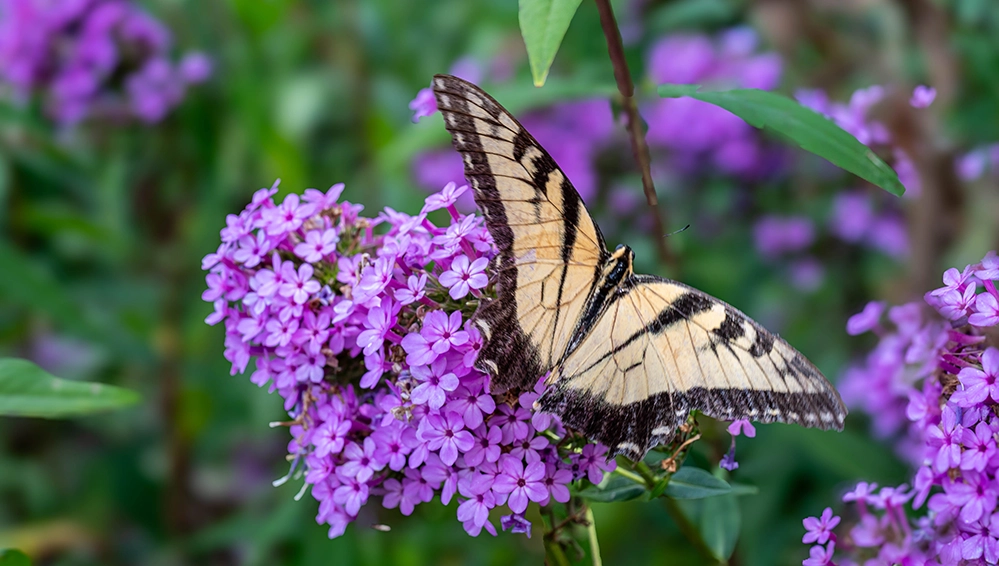
Common questions about native plants
Q: Where can I find native plants in my area?
A: Many botanical gardens, nature centers, and specialized nurseries carry native plants. Check with your local extension office or visit Native Plant Finder online to locate native plant sources near you. Garden centers are increasingly stocking native species due to growing customer demand.
Q. Do native plants really need less water and maintenance?
A: Yes, because native plants have adapted to the local climate over thousands of years, they generally require 30-50% less water than non-native species. They also need fewer pesticides and fertilizers, making them both environmentally friendly and easier to care for.
Q. What’s the difference between native and non-native plants?
A: Native plants evolved naturally in your region before European settlement, while non-native plants were introduced from other areas. Native species have co-evolved with local wildlife, providing essential food and habitat that non-native plants cannot offer.
Q. How do native plants support pollinators?
A: Native plants have co-evolved with local pollinators such as bees, butterflies, and hummingbirds over thousands of years. They offer the specific nectar, pollen, and habitat that these pollinators need to survive. For example, a single native oak tree can support over 550 caterpillar species, which serve as food for birds and later become butterflies and moths. For detailed guidance on creating dedicated pollinator spaces, learn more about designing pollinator gardens where native plants, butterflies, and bees can thrive.
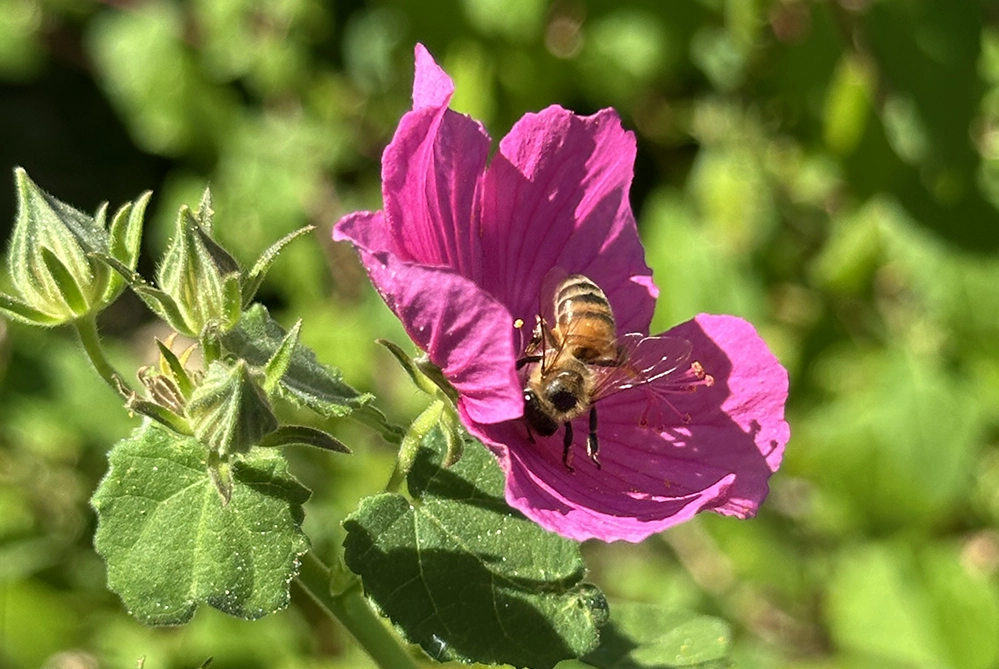
Whether you plant a single container or transform your entire landscape, choosing native plants creates a positive impact that extends far beyond your garden. Each native plant you grow supports local wildlife and pollinators, conserves resources, and helps preserve the natural heritage of your region for future generations.



